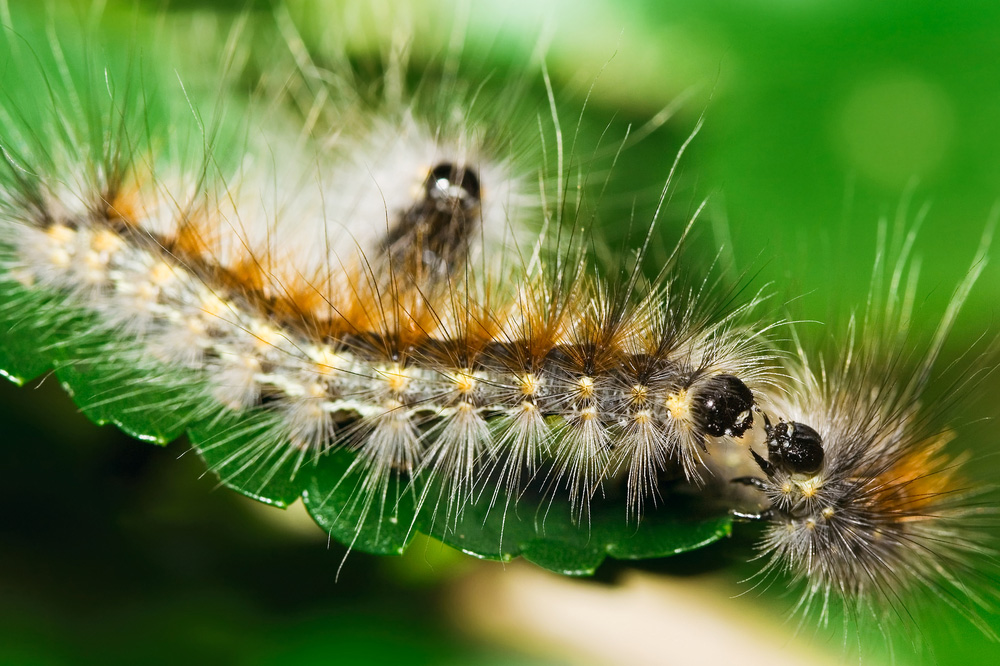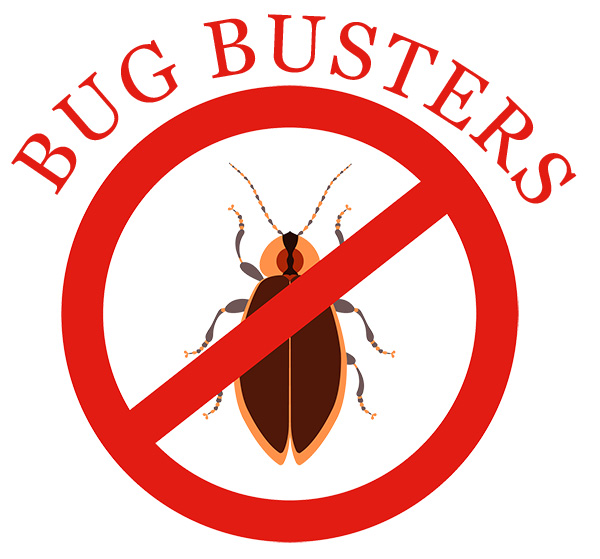If you have ever watched a row of plants get destroyed by army worms, you’ll know (at least in part) how they got their name. These ravenous caterpillars can devour an entire plant and move en-masse to the next one, so they can take it down with the same vigor. There are many species of army worms, and each one has its own taste for a specific plant or vegetable. Most of their activity occurs at night, while they hide in plants and under garden debris during the day.
In their larval stage, army worms can attack a variety of crops as well as different grasses, and they will sometimes move en masse to new areas in a way that resembles an army on the march. These gray moths will often arrive in the cover of darkness so they can lay their eggs, but the biggest invasions of army worms will usually occur after a cool and wet spring.

Identifying an Army Worms Infestation
The markings of a newly hatched armyworm caterpillar are hard to identify, but older larvae have distinctive stripes that run the entire length of their bodies. Fall army worms are brown and have yellow stripes, while beet army worms are green with light stripes. Adults are gray, mottled moths with a wingspan of a one-and-a-half inches. You will also see a small white dot in the center of each forewing and dark margins on the hind wings. Many areas are too cold for overwintering army worms, but strong spring winds and storms can push them into these areas. Fall army worms can result in serious defoliation to pastures and turf grasses in the southeast. When they’re moths, some of these army worms will migrate from as far away as the Caribbean.
Army worms can be prolific and quite responsive in favorable conditions. Their eggs are laid in fluffy masses on the crowns of seedlings, as well as on leaves of older plants. In five to ten days, tiny caterpillars will hatch and feed for several weeks so they can pupate and emerge as adults ten days later. Three or more generations can be produced every single season. So as you’re getting rid of worms attacking the leaves in your garden, another generation is getting ready to replace them. Some species of army worms will lay eggs up to six times in a single year. And in active climates, they can be active all year.
Controlling an Army Worms Infestation
Army worms have a lot of natural enemies, which can keep their population under control. Parasites (including some wasps and flies) can keep them at bay. Ground beetles can also limit the number and size of an army worms infestation, and other animals (such as birds, rodents, and skunks) can eat large amounts of their larvae and pupae. You should take steps to control army worms when you see them in large numbers, because the damage they cause can be excessive. Treat your lawn with an insect or pest control product, especially when you notice leaf damage and you see a large number of caterpillars.
If you have an army worms infestation and you need a place that does qualified pest control in Corpus Christi, Bug Busters Pest Control has a team of people that can help you. To find out why we’re one of the best places for Corpus Christi pest control, get in touch with us today!

